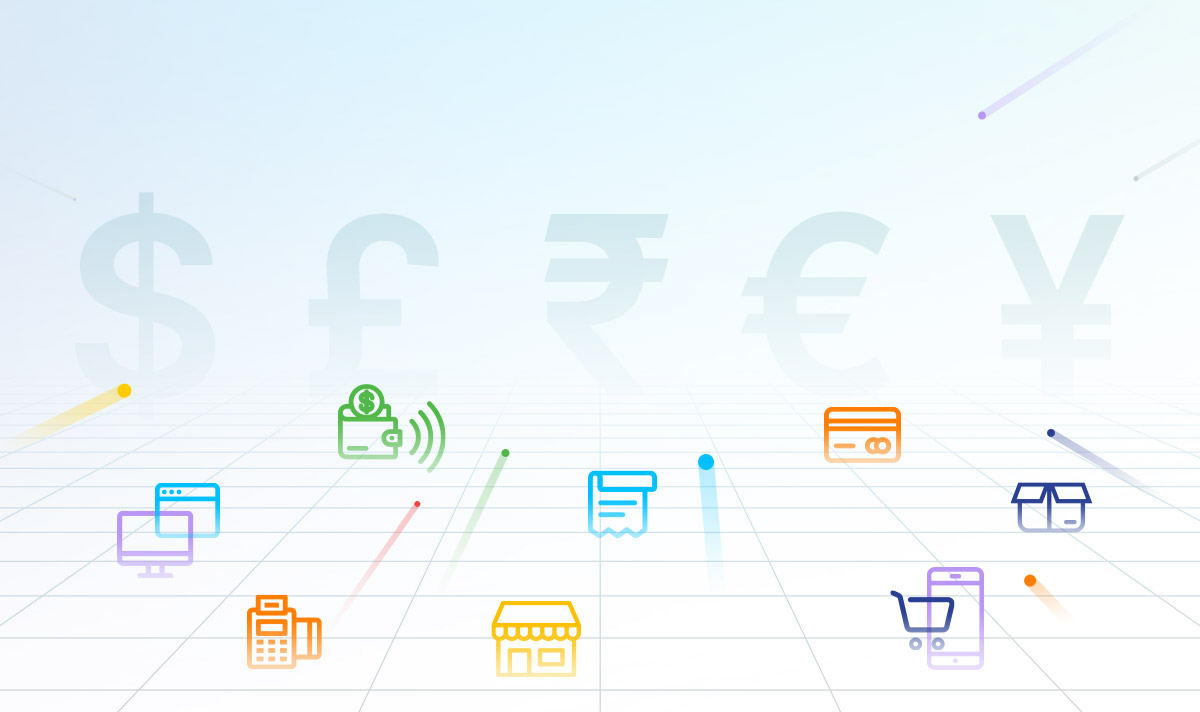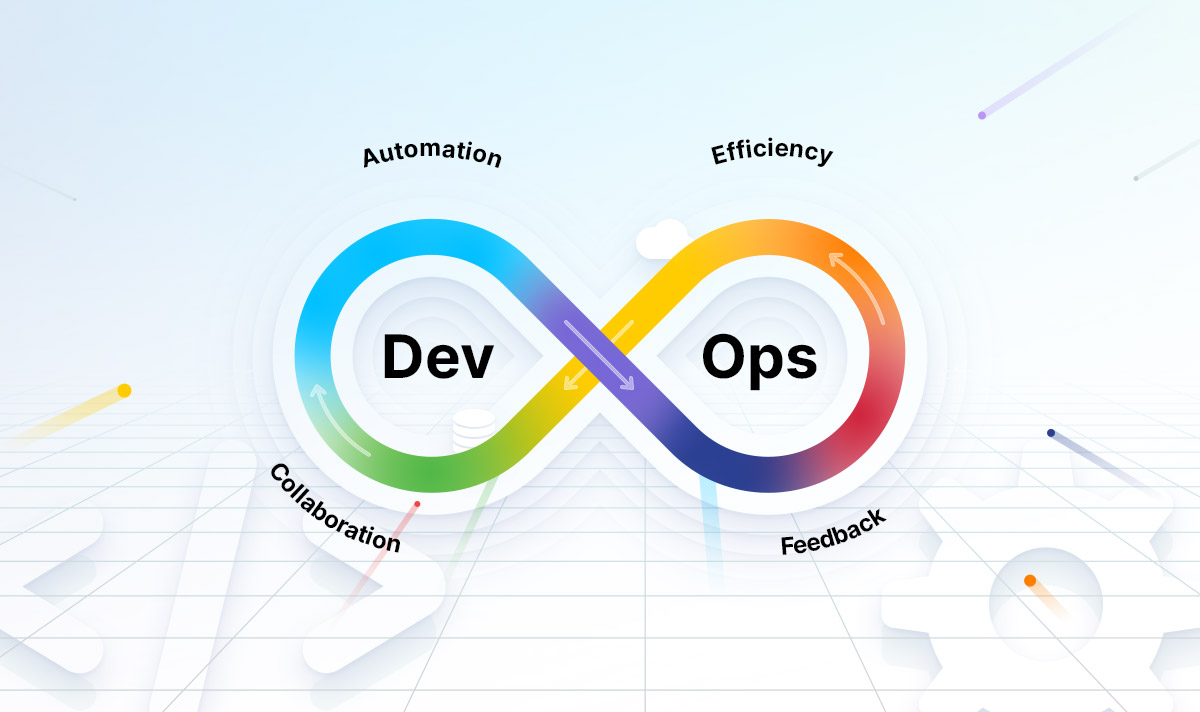In the wake of the pandemic followed by rapid digital transformation, offering an exceptional omnichannel experience is no longer just a nice-to-have feature for retailers – it’s a necessity for survival.
The market for Omnichannel retail solutions is rapidly growing, with a value of USD 5.96 billion in 2021, and projected to increase at a CAGR of 13.6% from 2022 to 2030, according to industry reports.
This significant growth underscores the increasing demand for Omnichannel Payment Solutions as customers increasingly interact with brands through multiple channels, including online, mobile, and in-store.
However, retailers must exercise caution and carefully consider their approach before hastily expanding their omnichannel capabilities. With numerous approaches and technologies to choose from, coupled with margin pressures, there is a risk of investing in the wrong areas and potentially losing value.
To thrive in the current retail landscape, businesses must prioritize omnichannel excellence and focus on creating value for their customers. This requires a strategic approach that considers both customer priorities and business goals.
What are the Benefits of Omnichannel Payment Solutions?
Improved Customer Experience
With Omnichannel payment, customers can seamlessly purchase products or services across multiple channels, including online, mobile, and in-store. This results in a more convenient and streamlined shopping experience, increasing customer satisfaction and loyalty.
Enhanced Security
Omnichannel payment solutions offer advanced security features, such as tokenization and encryption, to protect sensitive customer information. This enhances trust and confidence in the brand, leading to increased customer loyalty.
Simplified Payment Process
By consolidating payment processing across multiple channels, businesses can simplify their payment process and reduce administrative burdens. This allows employees to focus on other important tasks, such as improving customer service and increasing sales.
Valuable Customer Data
Sophisticated Omnichannel payment solutions allow businesses to collect valuable customer data, such as purchase history and buying patterns. This data can be used to personalize marketing efforts and improve customer targeting, resulting in increased sales and customer loyalty.
Let’s take the example of a company that successfully implemented Omnichannel Payment Solutions, Home Depot, the home improvement retailer, which implemented an innovative solution that combined its online and offline channels.
The company developed a mobile app that allowed customers to scan products in-store and receive detailed product information and reviews, as well as real-time inventory availability. Customers could then purchase the products directly through the app and choose to either have them delivered or pick them up in-store.
This feature not only provided customers with a more convenient shopping experience but also helped Home Depot to reduce its store’s operating costs.
The app also allowed the company to track customer behavior and preferences, providing valuable insights into what products and services customers were interested in.
The firm also integrated its loyalty program into the mobile app, allowing customers to earn rewards and redeem them online or in-store.
As a result of its successful implementation of these types of payment solutions, it reported significant growth in both online and in-store sales.
In the first quarter of 2021, the company’s online sales grew by 42%, and its overall sales grew by 32%, demonstrating the effectiveness of its omnichannel payment solutions strategy.
Key Considerations for Implementation of Omnichannel Payment Solutions
Security
Ensuring the security of customer data and transactions is crucial. Retailers must implement secure payment processing systems and comply with relevant regulations like PCI-DSS. With growing payment frauds, businesses need to implement advanced security measures such as tokenization, biometric authentication, and encryption to protect customer data.
Integration
Secondly, payment solutions must be integrated seamlessly across all channels, including online, mobile, and in-store. This requires a centralized payment platform that can handle all payment types and easily integrate with existing systems. Walmart Pay, for example, is integrated with the Walmart app and allows customers to make in-store payments using their mobile devices.
Customer Experience – The Top Priority
When implementing Omnichannel payment solutions the payment process should be smooth, intuitive, and seamless, regardless of the channel used. This requires an understanding of customer preferences and behaviors across channels, as well as the ability to personalize the payment experience.
The Cost that Matters Most
Implementing omnichannel payment solutions can be costly, with expenses ranging from hardware to software and processing fees. Retailers must carefully weigh the costs against the potential benefits, such as increased customer loyalty and revenue.
Flexibility
Furthermore, these types of payment solutions must be flexible and adaptable to changing customer and market needs. This requires the ability to quickly implement new payment types, like contactless or mobile payments, as well as the ability to easily scale up or down as needed.
Mobile payments
In recent years, mobile payments have become a key driver of growth in the retail industry. As a result, businesses need to have a mobile-friendly payment system that supports popular mobile payment platforms like Apple Pay, Paytm, and Google Pay.
Integration with Existing Systems
Integrating payment solutions with existing systems, such as inventory management and customer relationship management (CRM) software, can streamline processes and improve efficiency.
This can also enable retailers to track customer behavior across channels and personalize their experience. Sephora, for example, integrates its payment and loyalty programs with its mobile app, allowing customers to earn rewards and redeem them across channels.
User Experience – No Compromise
Last but not least, your payment solution should be user-friendly and provide a seamless experience across all channels. This can include features such as saved payment information and one-click checkout to make the payment process faster and more convenient for customers.
Amazon’s “Buy Now with 1-Click” feature can be a great example of this, allowing customers to make purchases with just one click.
A Roadmap for Your Ambition
Setting clear and achievable goals is a critical aspect of implementing a successful Omnichannel payment solution. Retailers should begin by evaluating their current capabilities and identifying areas that need improvement.
By setting specific, measurable, attainable, relevant, and time-bound goals, retailers can ensure that their payment solution aligns with their overall business strategy and delivers tangible results.
Don’t let outdated payment solutions hold back your business’s potential. Consider implementing an omnichannel payment solution that can help you stay ahead of the curve and meet your customers’ evolving expectations.
Contact Enliven today to learn more about how we can help you take the next step. We have helped 100+ retail owners witness a remarkable increase in customer satisfaction and retention, leading to higher revenue growth.






